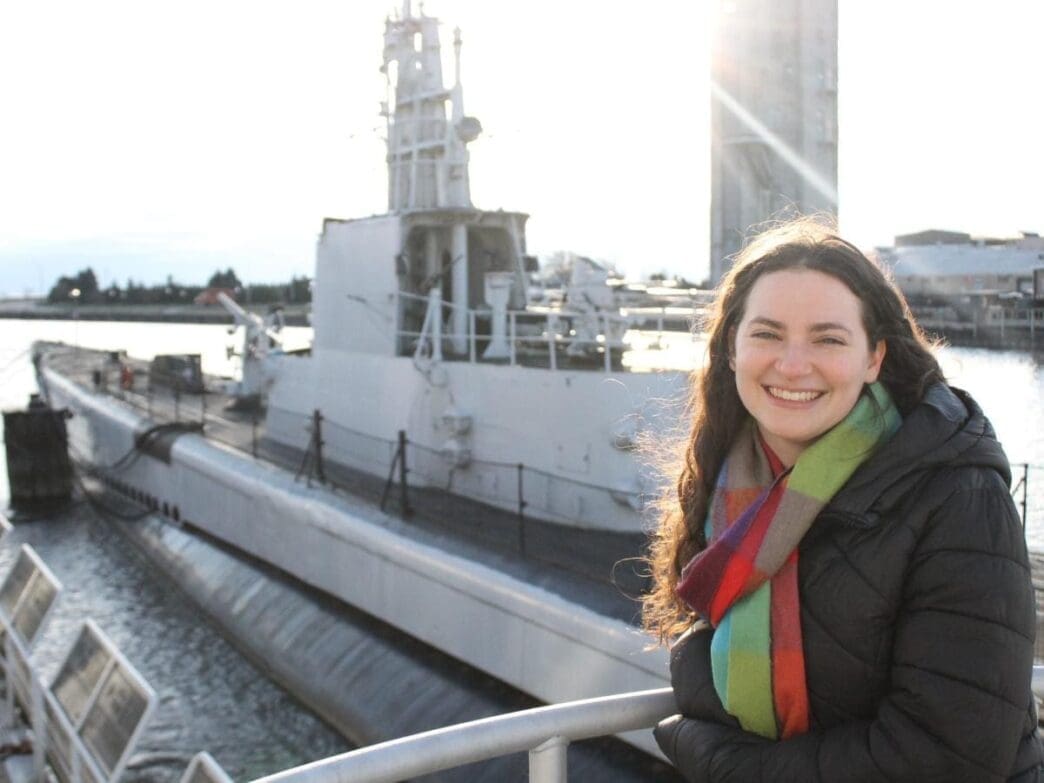Stepping into a slice of history, I found myself aboard the USS Cobia at the Wisconsin Maritime Museum, this World War II submarine now offers a unique overnight experience. Originally built for combat, it served valiantly by sinking 13 enemy ships and has now been transformed into a living piece of history.
The Wisconsin Maritime Museum, located in Manitowoc, had to pivot its experience offerings when the pandemic made large group tours impossible. Thus, individual families gained the opportunity to immerse themselves in the past, sleeping in the same bunks as wartime sailors. The ‘Sub Bnb’ was devised as a sustainable way to keep the museum afloat financially while providing an unforgettable night for visitors, starting at $500 per night plus additional fees.
Upon my arrival, the USS Cobia was an imposing sight from the parking lot. Its preservation has been aided by the Manitowoc River’s fresh waters, which are gentler on its steel hull. Mark Becker, a U.S. Navy veteran volunteer, was my guide, sharing fascinating stories from his service on a different submarine during the Cold War. He vividly recounted the history of the Cobia, including its post-war transformation into a memorial and later a fixture at the museum.
The tour began with the forward torpedo room, showing off its compact pull-out bunks used by the sub’s brave torpedomen. Navigating the submarine’s narrow halls required an agility I didn’t know I possessed, filling me with amazement at how 80 men managed to live here for months at a time. Becker’s anecdotes added authenticity, like his tale of a personal mishap with one of the hatches that divided the submarine’s compartments.
A highlight of the tour was entering parts of the Cobia typically off-limits to the public, like the pump room, which revealed the mechanical heart of this underwater vessel. The working condition of many controls amazed me, but we were warned against unnecessary contact with them to avoid any mishaps. Becker’s demonstration of the battle stations alarm was a loud but thrilling experience.
After the guided tour, it was time to settle in. Each of us received a seabag with essentials like bedding, reflecting the sea-bound life of submariners. My dad, a maritime enthusiast, chose a spot in the forward torpedo room, while I opted for the ‘goat locker,’ boasting its own light and storage. Dinner in the ward room added to the historical atmosphere, eating alongside displays set on real Navy tableware.
The lack of modern amenities, such as phone service on the submarine, was a gentle reminder of the bygone era we were exploring. Despite the chill of the night and cumbersome trips to the museum for bathroom breaks, moving through the dark, empty exhibits was like living a dream. I felt a rare connection to history, walking alone where crowds usually buzz.
The next morning, watching the sunrise over the USS Cobia from its deck felt like a moment out of time. The visual beauty was complemented by thoughts of the submarine’s formidable past. As I wandered one last time, taking in its impressive weaponry and storied decks, the enormity of what the submarine represented resonated deeply.
Spending a night on the USS Cobia offered more than just a unique overnight stay; it provided an immersive dive into the submarine’s storied history. Through its preserved steel corridors, visitors gain insight into the lives of the submariners who bravely served during World War II. It’s a rare experience that allows a step back in time, honoring the sacrifices and humanity that these narrow walls have witnessed.
Source: Yahoo







